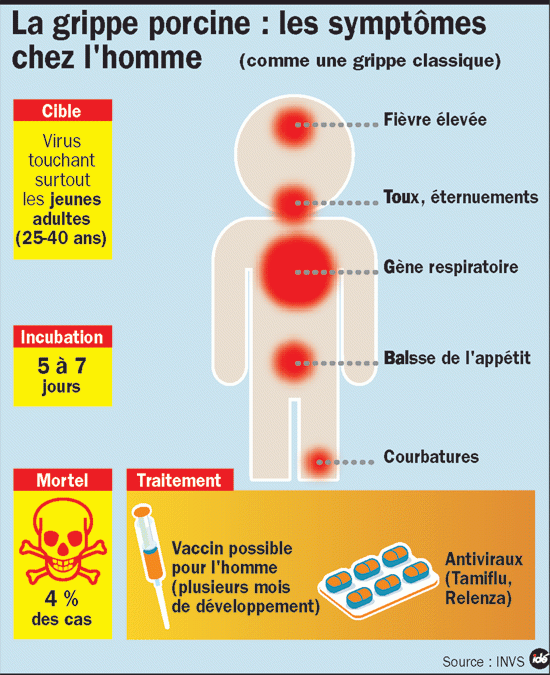-
 Photolyase
Photolyase
-
 Juvenile water
Juvenile water
-
 Desiccation
Desiccation
-
 ISP
ISP
-
 Ischaemia
Ischaemia
-
 Halogen lamp
Halogen lamp
-
 Mangrove swamp
Mangrove swamp
-
 Indium
Indium
-
 Glioblastoma
Glioblastoma
-
 Organelle
Organelle
-
 Homeopathy
Homeopathy
-
 Ichneumonidae
Ichneumonidae
-
 SIM card
SIM card
-
 Landsat
Landsat
-
 Threshold dose
Threshold dose
-
 Byssus
Byssus
-
 VIRTIS
VIRTIS
-
 Lazarus taxon
Lazarus taxon
-
 Acrosome
Acrosome
-
 Semiconductor laser
Semiconductor laser
-
 Chandrasekhar limit
Chandrasekhar limit
-
 Disinfectants
Disinfectants
-
 Anti-inflammatory
Anti-inflammatory
-
 Primary colour
Primary colour
-
 Metallicity
Metallicity
-
 Hydroxyzine
Hydroxyzine
-
 Mean ecliptic for the date
Mean ecliptic for the date
-
 Stent
Stent
-
 Spherical aberration
Spherical aberration
-
 Bluetongue disease
Bluetongue disease
Influenza A
Influenza due to an A type virus. There are three types of influenza called A, B, and C. They are all Myxovirus influenzae, belonging to the Orthomyxoviridae group, whose genetic material is formed from RNA.
The C virus genome changes little over time. Because of this they are the least dangerous as the animal immune system learns to recognise them and vaccines, which also recognise them, remain effective for long periods of time. They only cause isolated cases of influenza.
The B viruses evolve slowly, changing regularly by mutations, proteins on their surface (the capsid) which are recognised by the immune system. Changes in these proteins (antigens) therefore fool the immune system. However, successive variants of the B viruses resemble each other so much that acquired immunity persists. They can cause epidemics.
The A viruses change their surface proteins profoundly with the result that their mutations then make new viruses to the immune system. A vaccine which has been effective until that point then ceases to be effective. These are the viruses which cause the most serious epidemics.
Sub-types of the A virus are defined according to variants in two surface proteins, haemagglutinin (HA) and neuraminidase (NA). There are currently 15 known HA and 9 NA. An A(H1N1) virus is therefore a type A virus with a type 1 HA and a type 1 NA. This is the swine flu and Spanish flu virus. The bird flu virus is sub-type A (H5N1).
 Symptoms of A(H1N1) flu, so-called swine flu, are similar to those of seasonal influenza. © Infographie IDE, source INVS
Symptoms of A(H1N1) flu, so-called swine flu, are similar to those of seasonal influenza. © Infographie IDE, source INVS
Latest
Fill out my online form.



